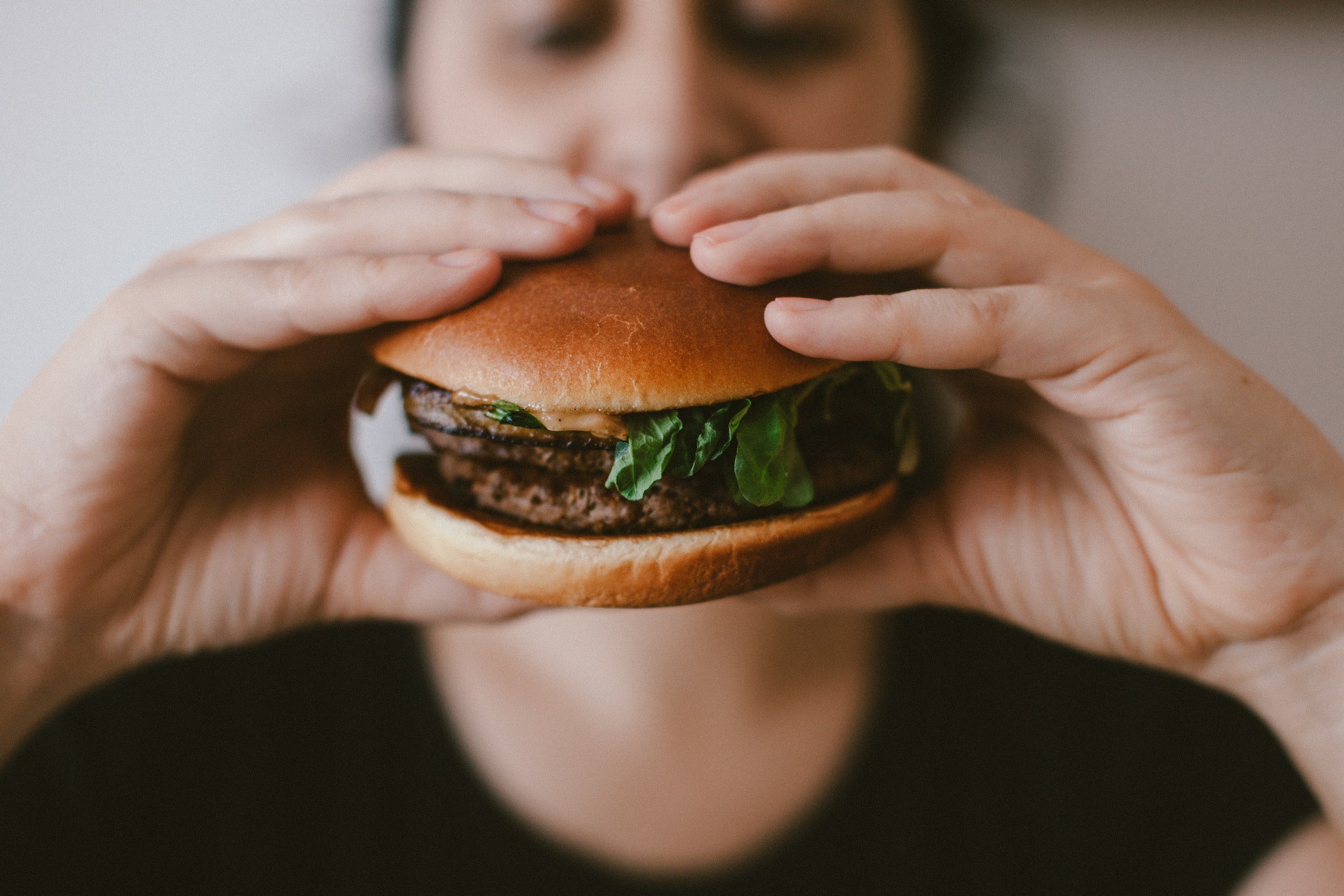
A big part of Intuitive Eating is feeling your fullness – knowing when you’ve reached the point of comfortable fullness and also recognizing that it’s okay to feel full. But if you’ve ever dieted before, it can be hard to actually know what fullness feels like.
Diet culture monopolizes fullness in 2 ways. For starters, it teaches us that fullness is a “bad” thing. I can’t tell you how many clients I’ve worked with who feel like they’re not supposed to feel full, or that a full belly means something is wrong (it’s not!).
Fullness is a good thing. We want to feel full after we eat. And if you really think about it, what a privilege to be able to eat a meal and feel full afterwards.
Secondly, diet culture makes it hard to recognize those comfortable fullness cues. Often times, we’re only able to recognize when we’re ravenously hungry or uncomfortably full.
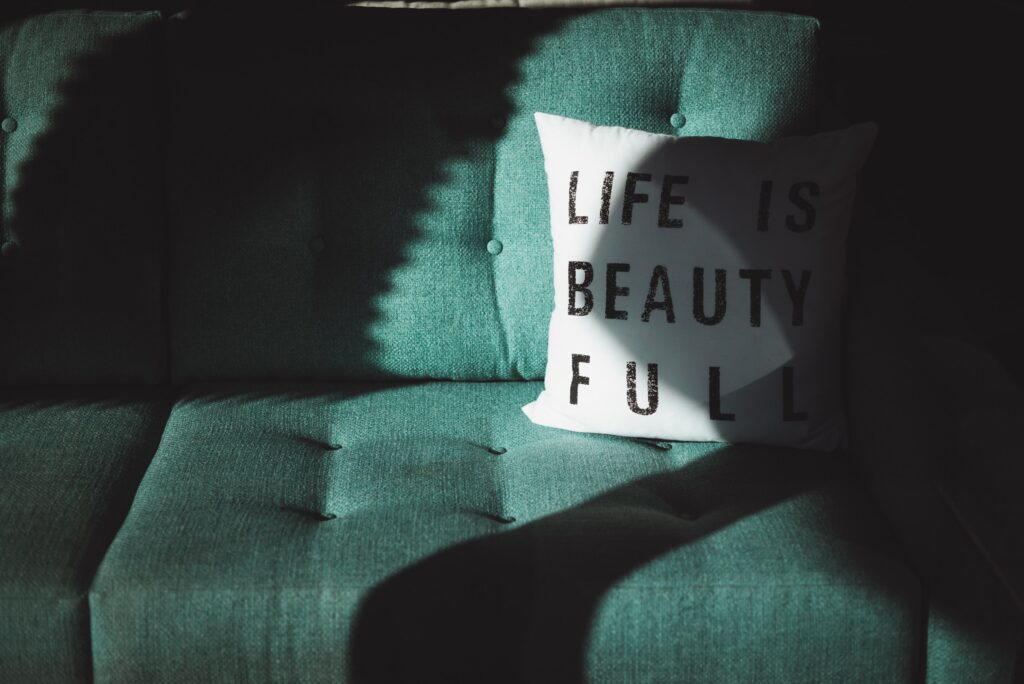
But there’s in an between where fullness is pleasant, and it’s important to be able to recognize that.
HERE’S HOW
1. Give yourself unconditional permission to eat any food.
The most important part of being able to respect fullness is having unconditional permission to eat any food.
Because if you feel like you can’t eat a given food again, it’s harder to stop eating it.
Know that you’re allowed to eat any food, any time. This lets you evaluate whether you actually want more of that food in a given moment or not.
At first, you might find yourself testing the concept of unconditional permission. Or, if you’ve felt deprived for a while, it might just take a lot of that certain food to feel full and satisfied.
Eventually the novelty will wear off and those feelings of deprivation will subside. And once that happens, you’ll be able to actually evaluate whether you’re starting to feel full or not.
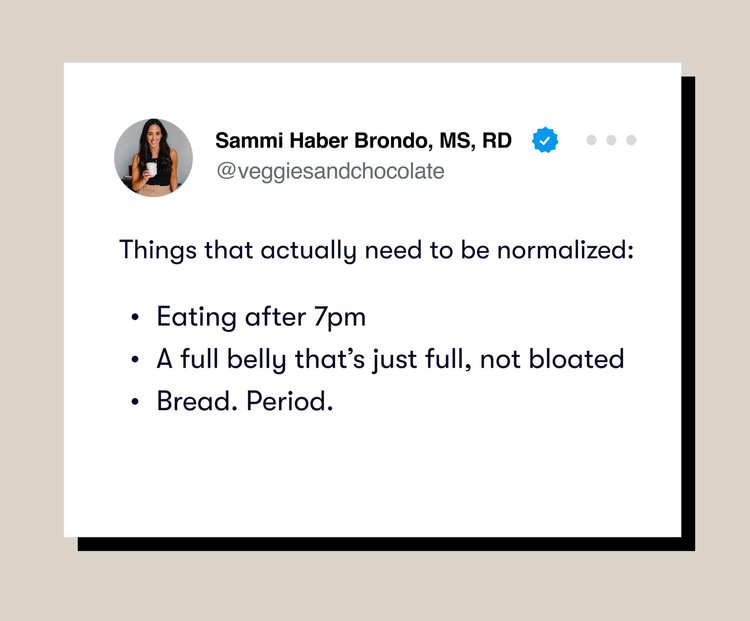
2. Check in and learn what fullness feels like in your body.
To begin to recognize your fullness, start checking in mid meal.
This doesn’t need to be a whole to do! Simply take a pause and ask yourself a few questions:
- Does the food still taste good? Or are you continuing to eat simply because it’s there
- How does your body feel – are you starting to feel full?
Note that sometimes you will continue to eat just because something tastes good – and that’s perfectly okay.
Intuitive eating isn’t the hunger/fullness diet. No one will (or should!) start eating when they’re perfectly hungry and stop when they’re exactly comfortably full every single time they eat.
The key is being able to do both (and without guilt): knowing when you’re starting to feel full and would prefer to stop eating, and knowing when you’re really enjoying your food and would rather eat past comfortable fullness.
And speaking of comfortable fullness… it should be a pleasant feeling. It feels like your stomach is content and you feel satisfied.
I know these are subjective feelings and hard to quantify. But as you continue to practice checking in with your fullness, you’ll also continue to get a better sense of what these things feel like to you.
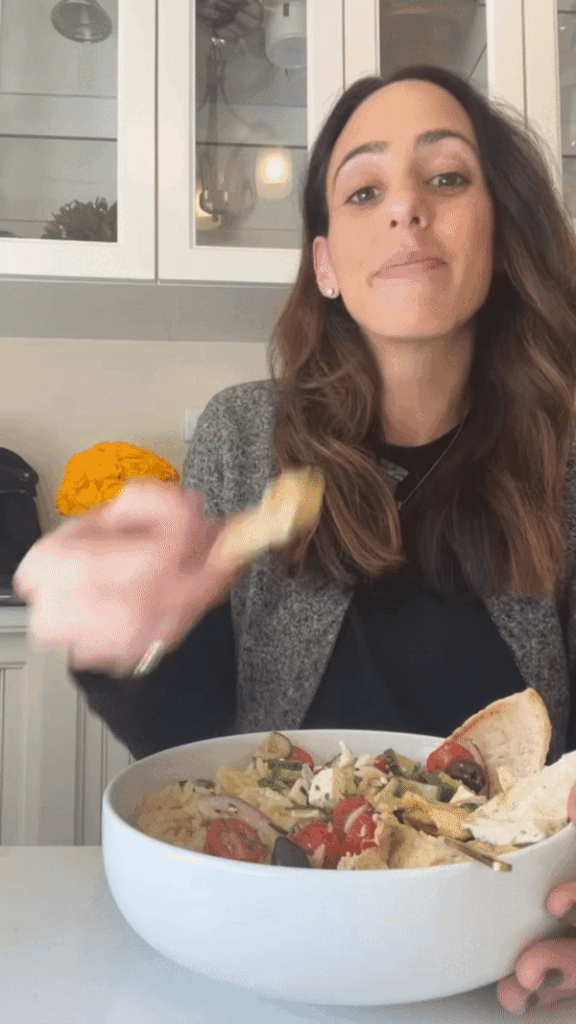
3. Know that the amount you need to feel full will constantly vary.
Your fullness will vary every single day and every single time you eat.
There are so many factors that affect your hunger and fullness levels: the last time you ate, what you’re eating, your initial hunger level at the start of the meal, how much or how well you slept, your menstrual cycle, your activity level and so much more.
It’s normal to need different amounts of food at every meal and each day.
Try not to quantify fullness by the amount of food left on your plate. Some days, you might need 3 bowls of pasta in order to really feel comfortably full. Other days, half a bowl might do the job.
Neither is right or wrong – it all depends on how you feel and the other circumstances affecting your fullness that day.
Make sure to bring more awareness into your eating instead of eating on autopilot. I know this one is easier said than done!
Pay attention to what you’re eating. Aim to eat – even for a few minutes – without distraction when you can. Let yourself really taste and enjoy the food that you’re eating.
Over time, you’ll be able to more easily recognize when you’re starting to feel full.
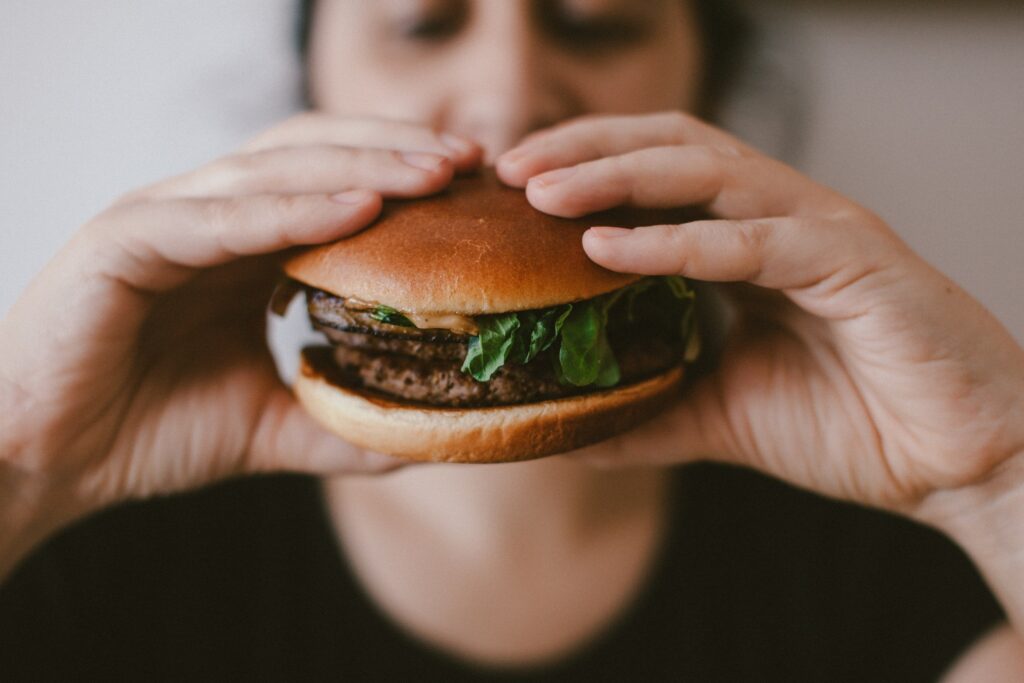
Most importantly,
Remember that intuitive eating is not black and white. It doesn’t mean stopping a meal when you’re perfectly full every single time you eat.
Instead, it means knowing what comfortable fullness feels like so that you can stop eating when you’re comfortably full if you want to.
Sometimes you might just want to keep eating because a food tastes good. Other times, you might get distracted and eat past comfortable fullness.
Both of these situations – and so many others that may come up – are perfectly okay. As long as you approach them with kindness and without guilt, and of course, eat again when you’re hungry, comfortable fullness can be just another tool in your toolbox to help you eat more intuitively.
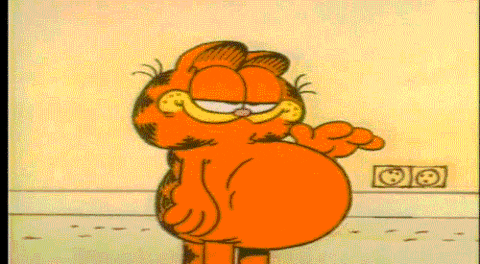

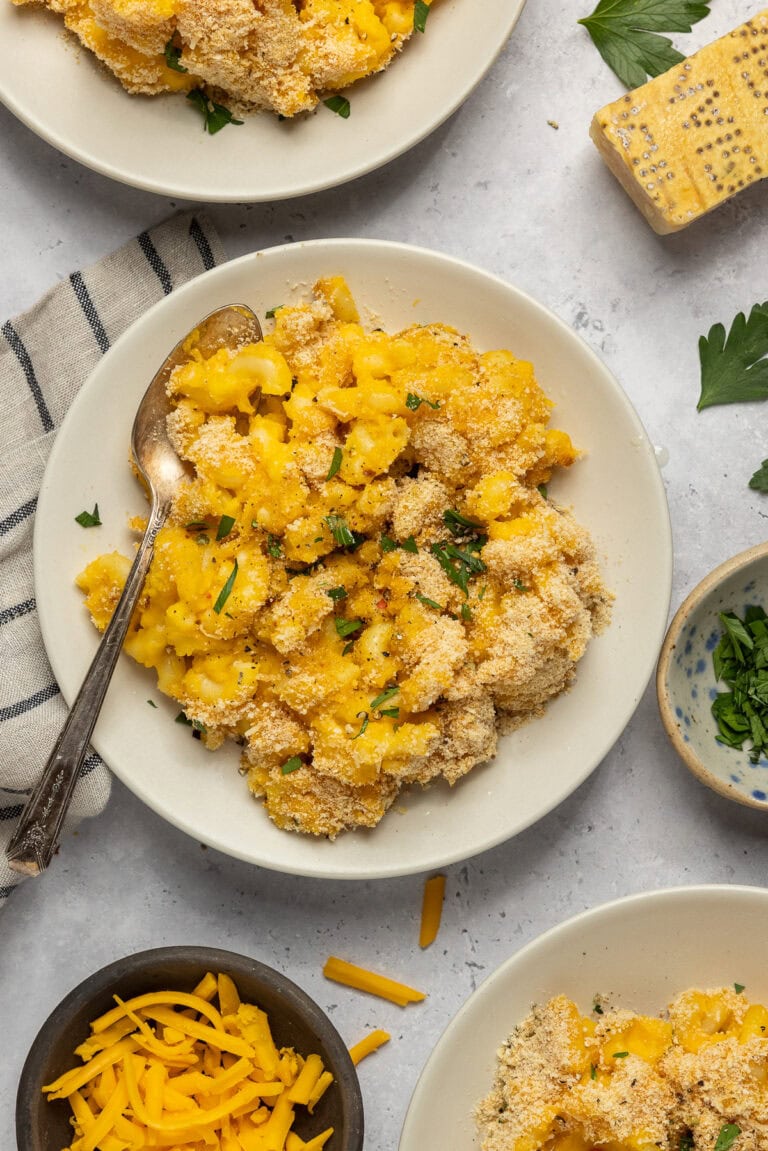
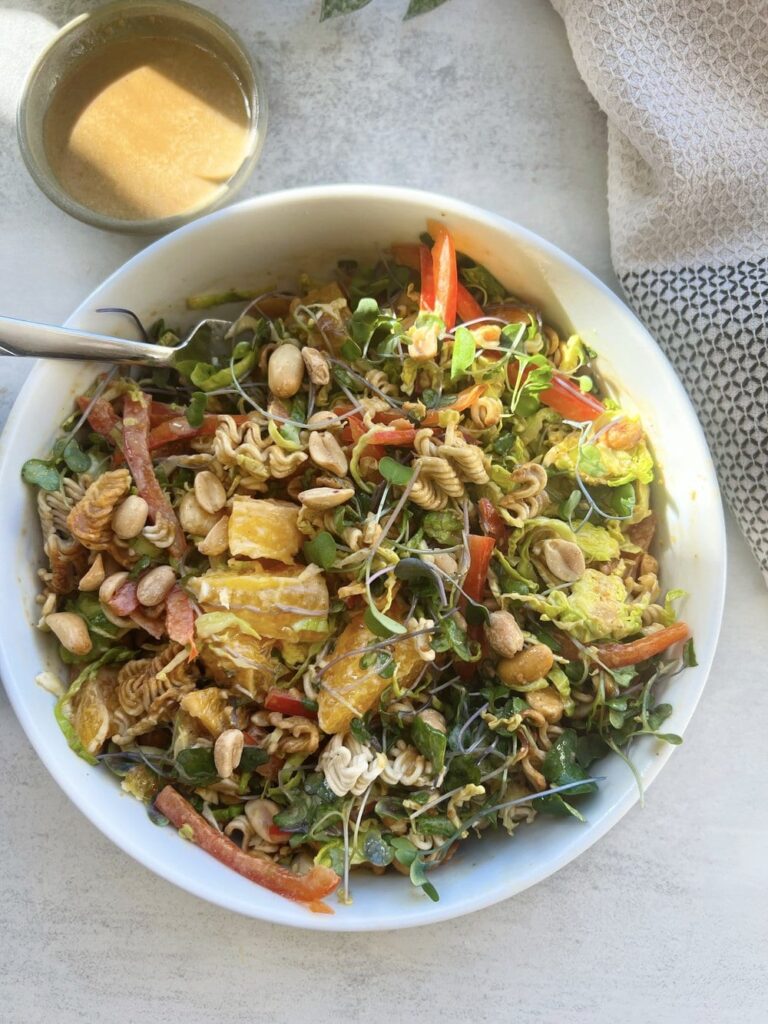
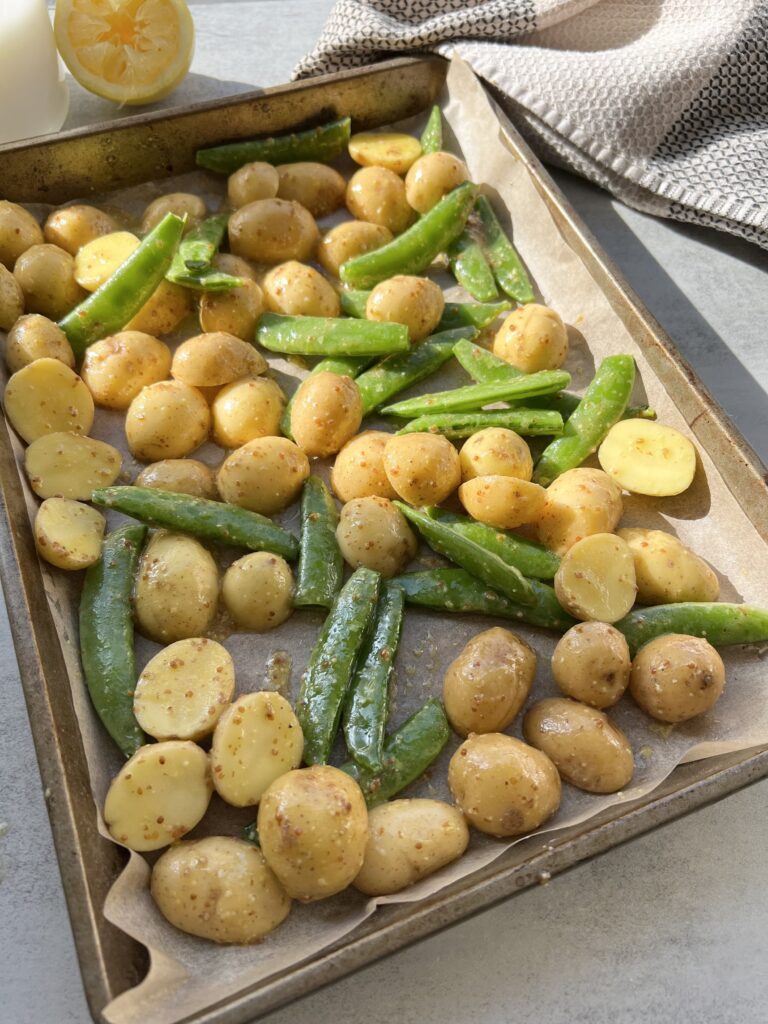
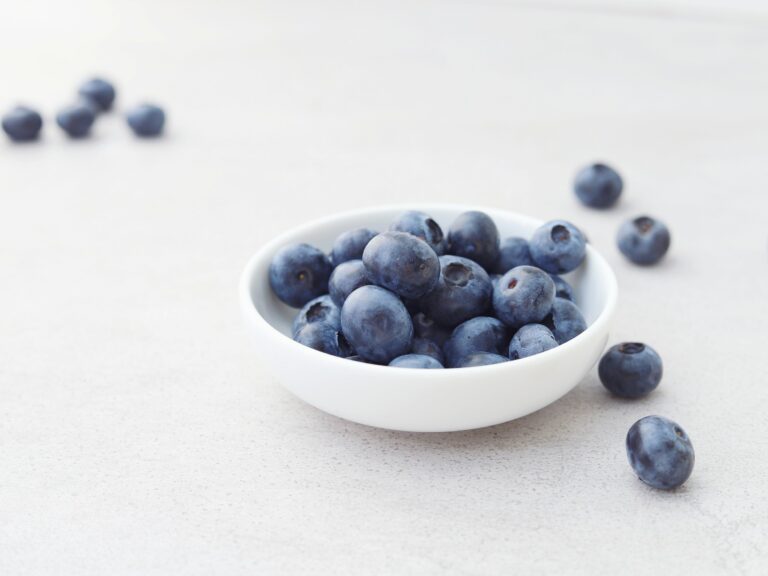
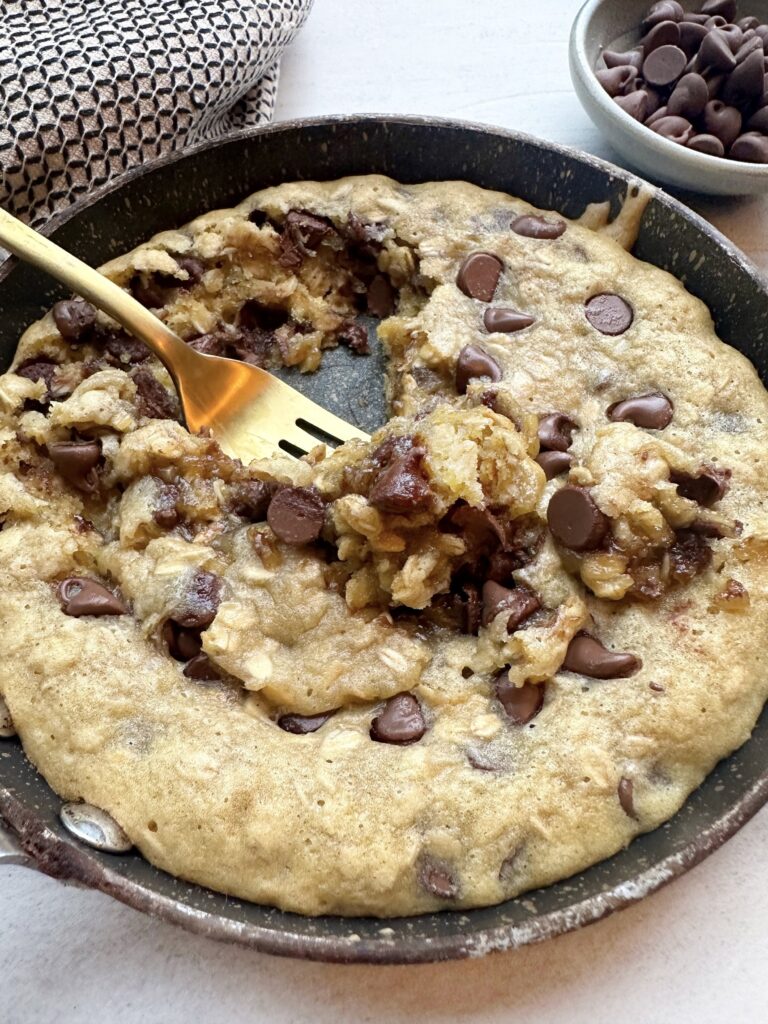
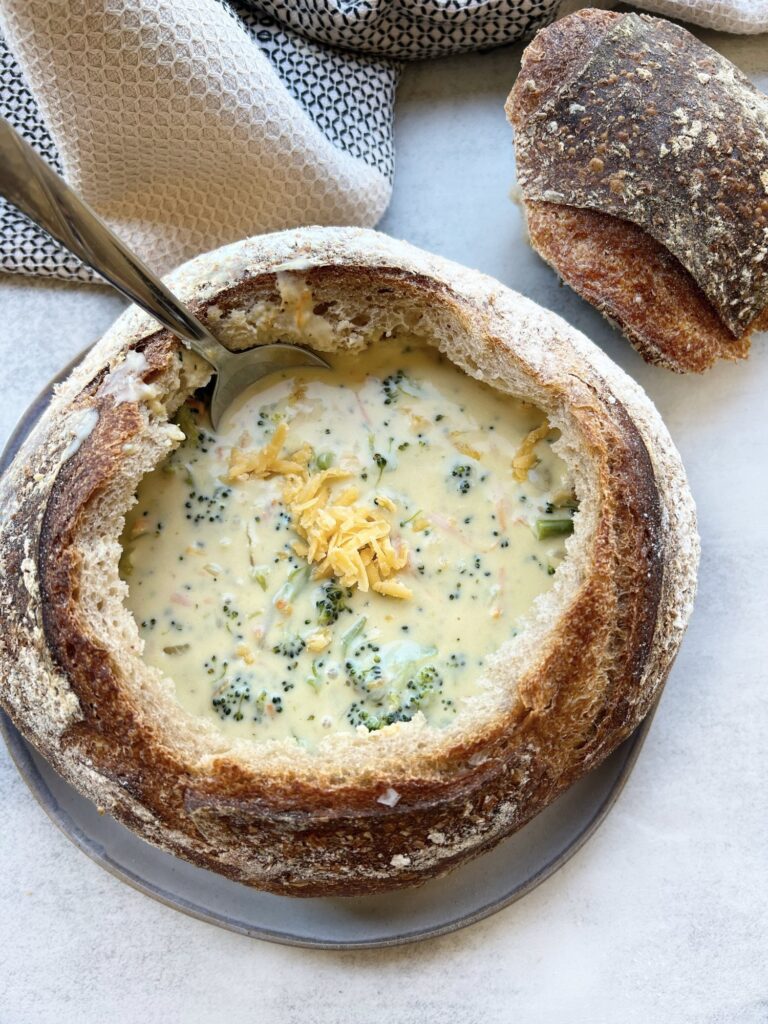

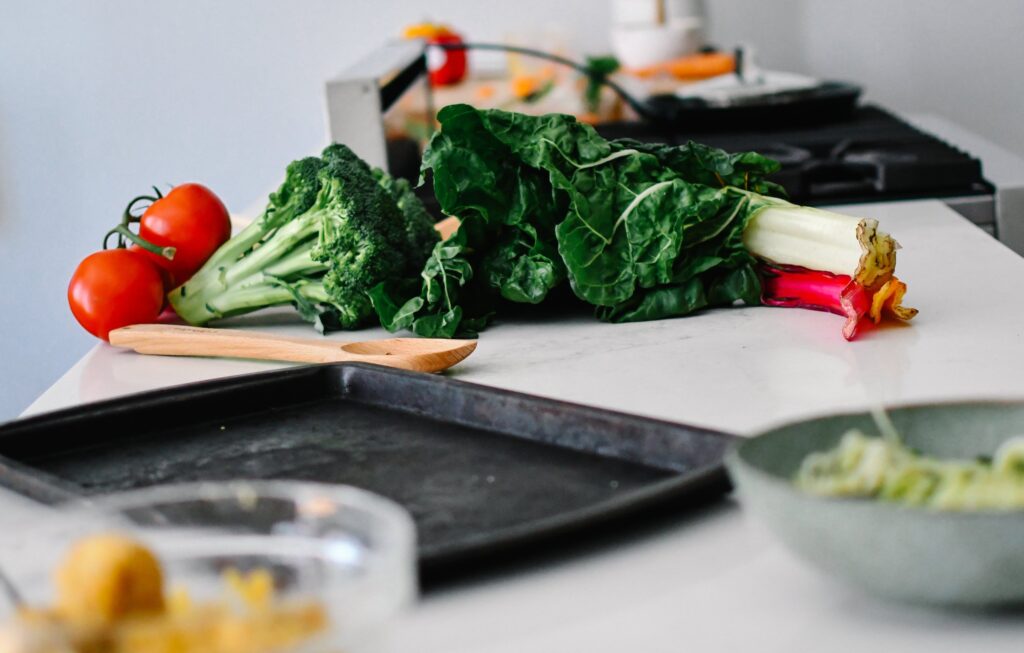


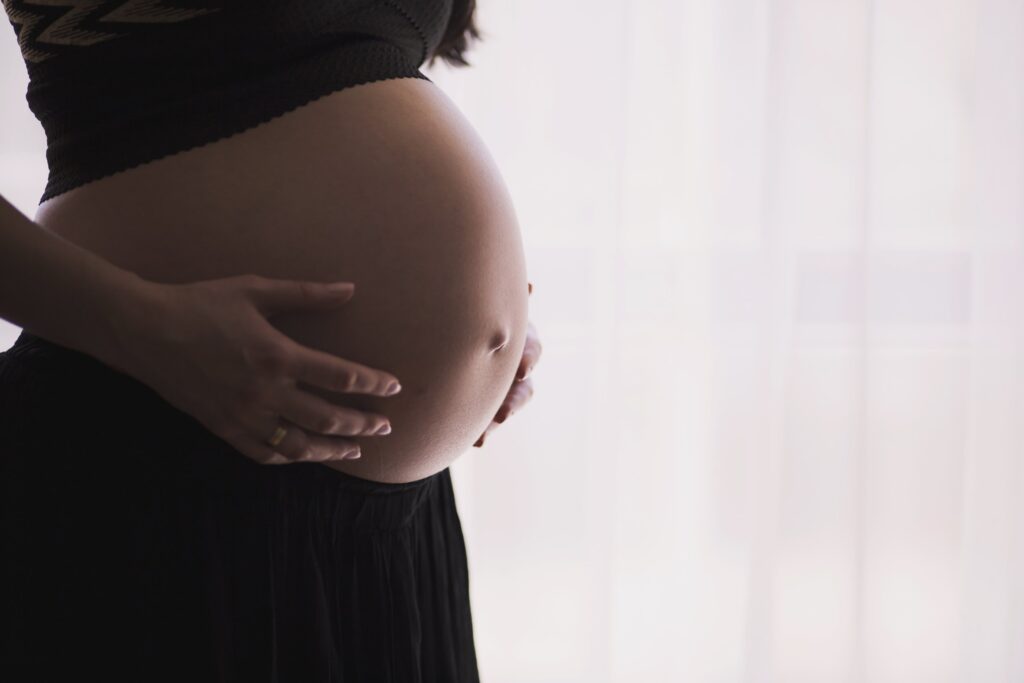

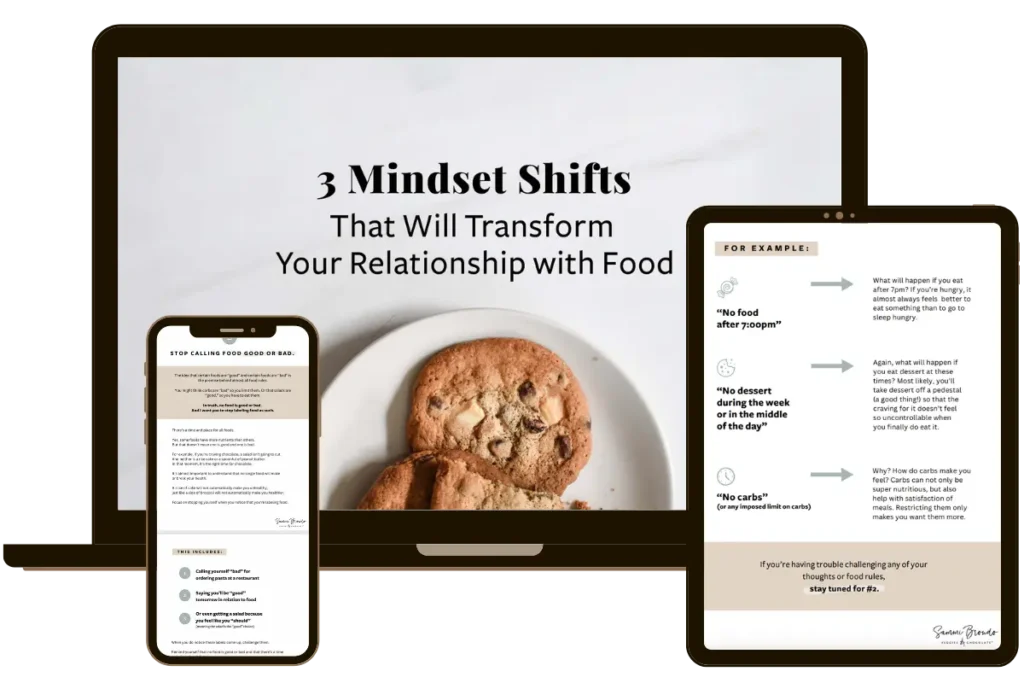
Very nice read!
I try to give myself unconditional permission to eat any food, but I still struggle with stopping before feeling stuffed on a daily basis, or not going for something sweet after a meal even when feeling past full. Any tips?
Thanks!
Thank you for sharing this! As I’ve leaned into intuition in other areas of my life, I’m finding it much easier to apply to eating, and it is so exciting!!